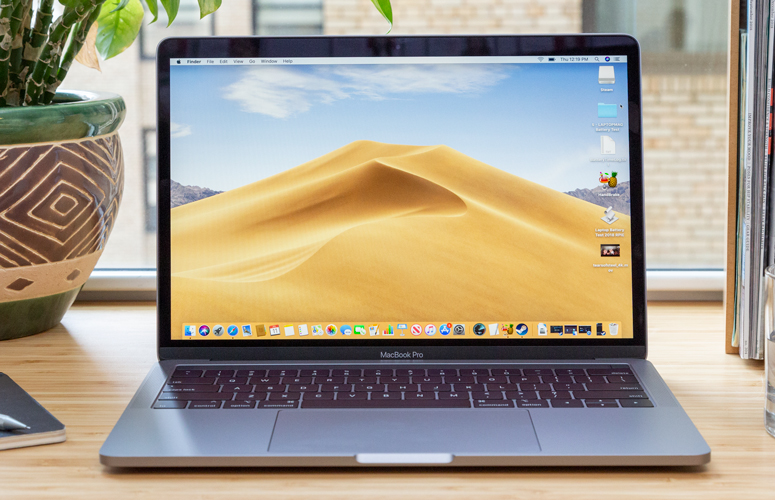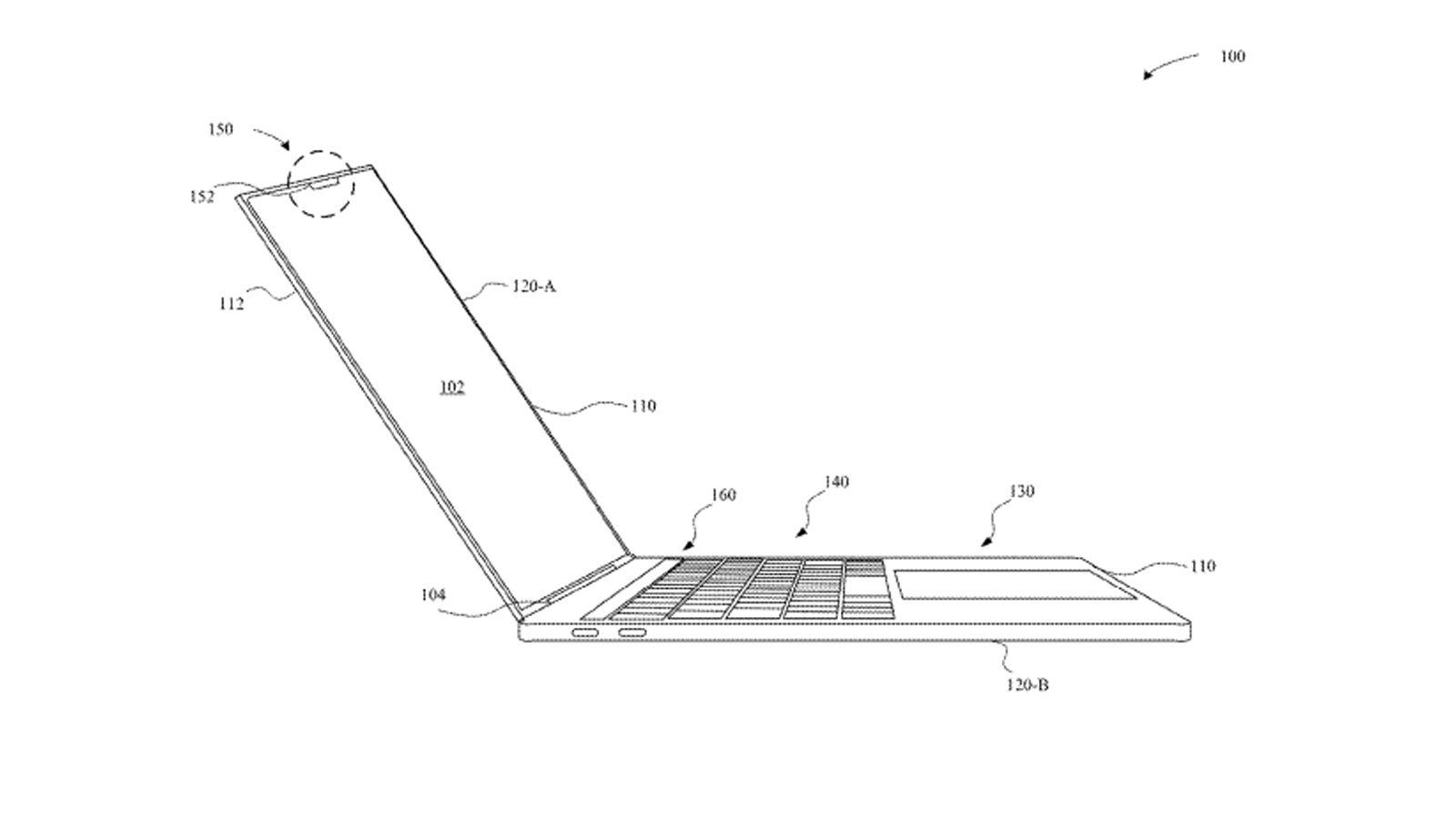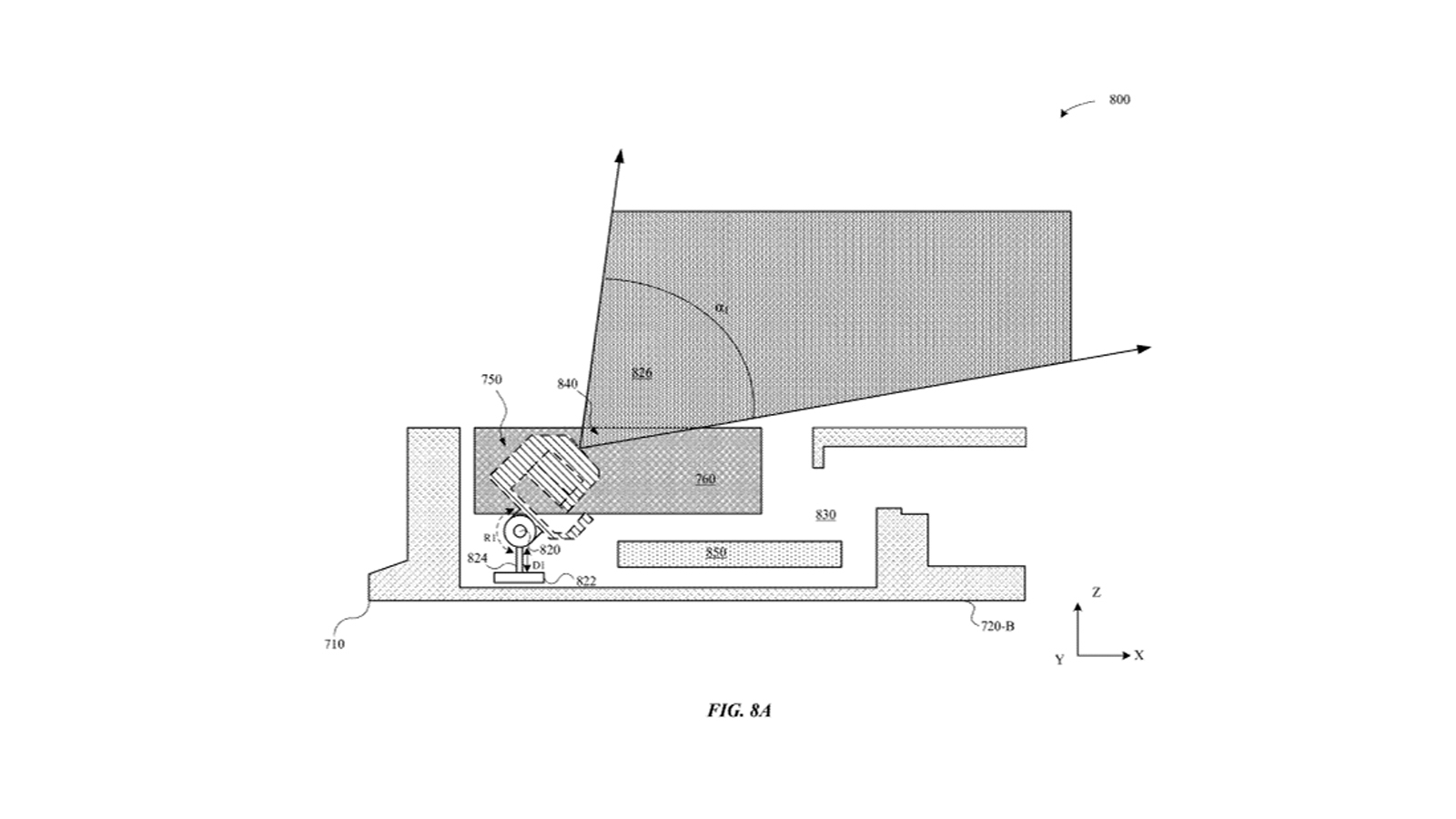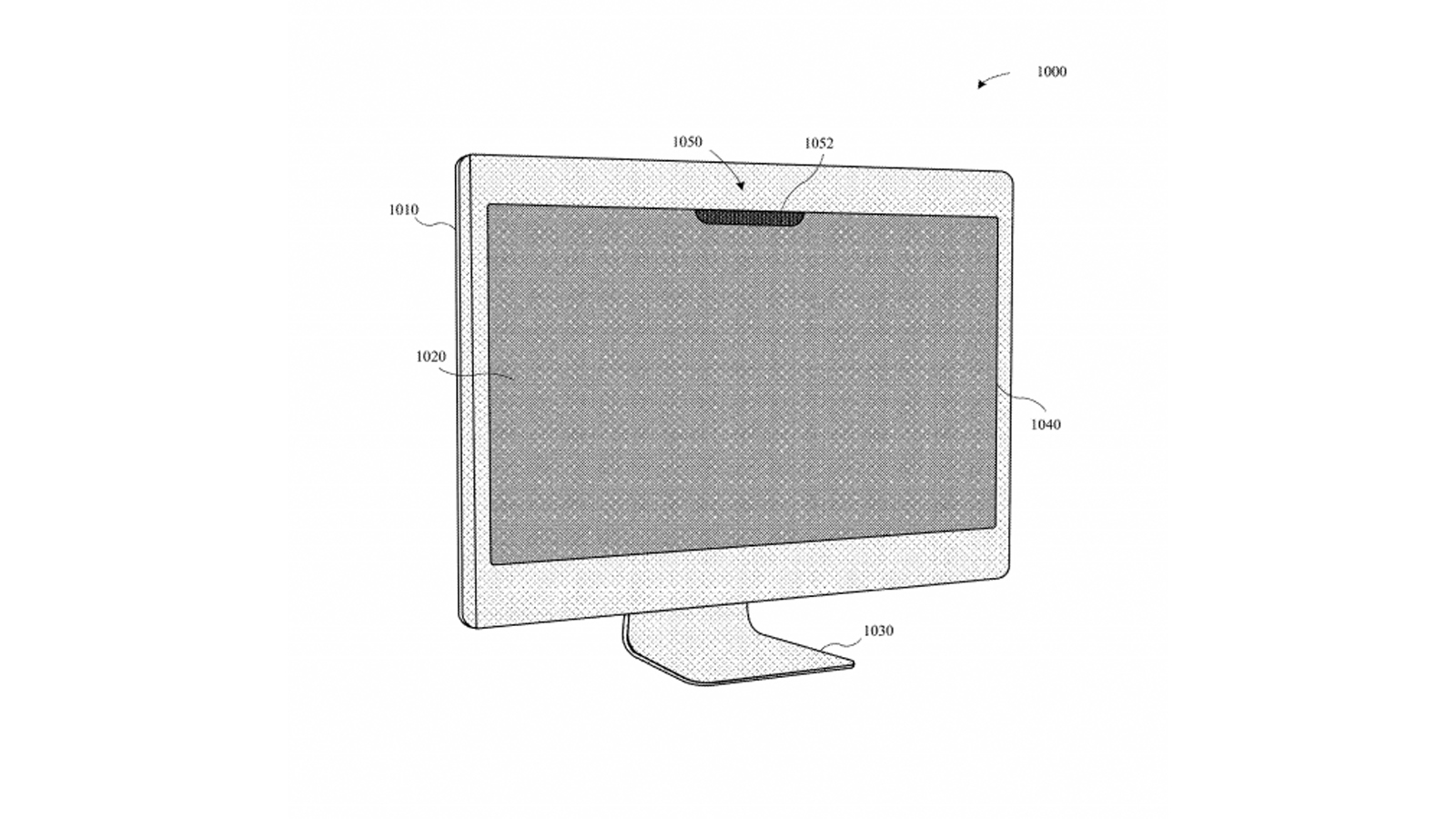Your next MacBook could get Face ID — and a nasty notch
It looks like Apple wants to bring Face ID to the iMac and MacBook

Apple is looking to do the same thing with its iMac and MacBook login method as it did with the best iPhones: switch out Touch ID for Face ID. But that might mean you have to put up with a small chunk carved out of your Retina display.
This is based on a newly discovered patent, found by Patently Apple, which shows Apple's familiar desktop and laptop computers with the notch that iPhone 11 users and owners of other recent iPhones will recognize very well.
- MacBook Air vs iPad Pro: Which should you buy?
- The best laptops right now
- Plus: Apple releases Coronavirus app and website: How they work
The setups are different on the two different form factors. The iMac gets an enlarged version of the Face ID notch in the top of the display as you'd expect. However, likely for space saving reasons, the MacBook design has most of the system built into the top of the lid, but the infrared dot projector is built into the Touch Bar.

The text of the patent itself recognizes the need for strong security when it comes to personal electronic devices. However, it also suggests implementing additional features with the technology, such as Memojis from iOS, support for multiple users' faces, as well as just using the camera for video calls.

We've been hoping for an iMac refresh for some time, as have many render artists who have made unofficial designs, including one iMac render we covered recently that added in a Face ID camera, pre-empting the patent we see here.

Patents don't always get turned into real products, and those that do can take years in their journey from illustration to real-life device. This doesn't seem like too outlandish an idea for Apple to add to future iMacs and MacBooks, so perhaps next year's ARM-powered MacBooks will be a departure for Apple in more ways than one.
Get instant access to breaking news, the hottest reviews, great deals and helpful tips.

Richard is based in London, covering news, reviews and how-tos for phones, tablets, gaming, and whatever else people need advice on. Following on from his MA in Magazine Journalism at the University of Sheffield, he's also written for WIRED U.K., The Register and Creative Bloq. When not at work, he's likely thinking about how to brew the perfect cup of specialty coffee.
